
Healthcare
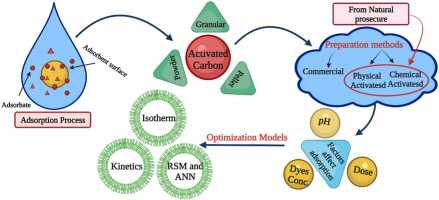
Review of activated carbon adsorbent material for textile dyes removal: Preparation, and modelling
Water contamination with colours and heavy metals from textile effluents has harmed the ecology and food chain, with mutagenic and carcinogenic effects on human health. As a result, removing these harmful chemicals is critical for the environment and human health. Various standard physicochemical and biological treatment technologies are used; however, there are still some difficulties. Adsorption is described as a highly successful technology for removing contaminants from textile-effluents wastewater compared to other methods. Several adsorbent materials, including nanomaterials, natural
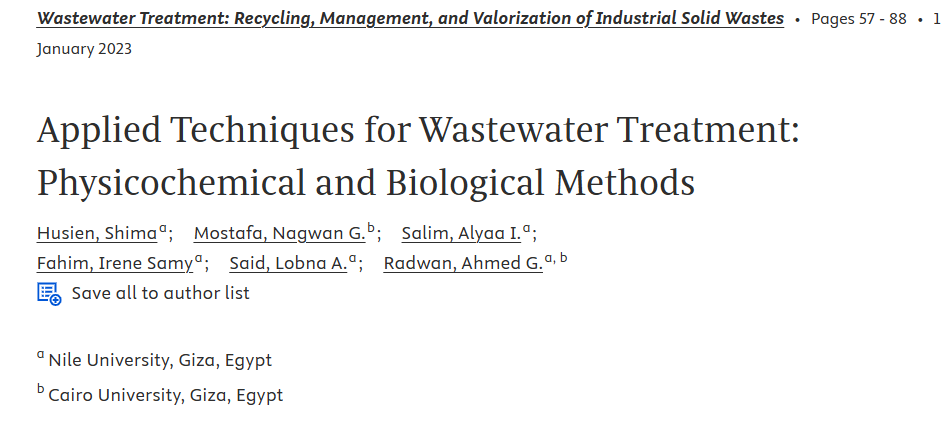
Applied Techniques for Wastewater Treatment: Physicochemical and Biological Methods
Polluted water is one of the significant challenges facing the world nowadays, especially with the noticed water shortage recorded in the last period. Different treatment methods, physicochemical and biological, were presented for pollutant removal from polluted wastewater. This review discusses the treatment methods starting from the biological part to help reduction of organics, which are solids that appear in the wastewater. After that, the physicochemical techniques will be discussed as a second part of the treatment process to minimize the heavy metal, dyes, and other pollutants
Early detection of hypo/hyperglycemia using a microneedle electrode array-based biosensor for glucose ultrasensitive monitoring in interstitial fluid
Diabetes is a common chronic metabolic disease with a wide range of clinical symptoms and consequences and one of the main causes of death. For the management of diabetes, painless and continuous interstitial fluid (ISF) glucose monitoring is ideal. Here, we demonstrate continuous diabetes monitoring using an integrated microneedle (MN) biosensor with an emergency alert system. MNs are a novel technique in the field of biomedical engineering because of their ability to analyze bioinformation with minimal invasion. In this work we developed a poly(methyl methacrylate) (PMMA) based MN glucose

Integrated Analysis of Bulk and Single-Cell Transcriptomics in Cervical Cancer: Insights into BPGM, EGLN3, and SUN1
Cervical cancer (CC) is considered a significant global health threat to women therefore there is a need for personalized treatment strategy based on individual-specific gene expression patterns to enhance recovery and survival rates. Although a few studies have linked bisphosphoglycerate mutase (BPGM) expression with CC, its precise role in CC progression remains unclear. In this study, we conducted an integrated analysis for both bulk and single-cell RNA sequencing data to investigate the involvement of BPGM in CC. On the bulk RNA level, the Wilcoxon test result showed a significant
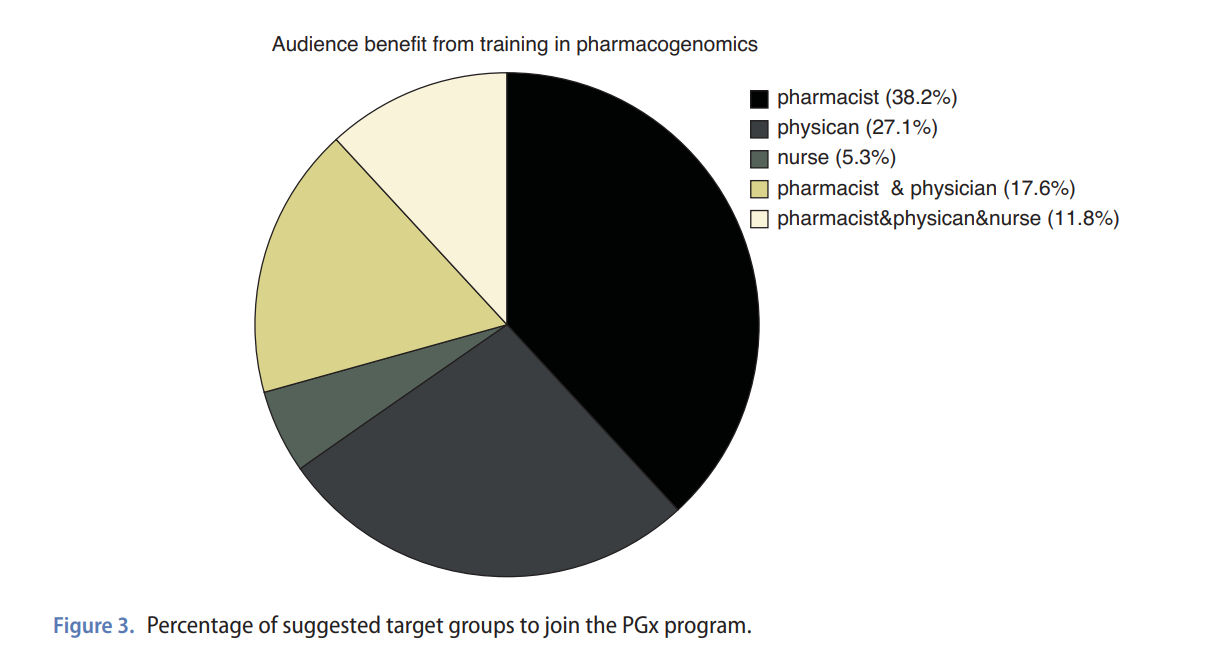
Analysis of the current situation of pharmacogenomics in terms of educational and healthcare needs in Egypt and Lebanon
Pharmacogenomics (PGx) is a practice that investigates the link between genetic differences and drug response in patients. This can improve treatment effectiveness and reduce harmful side effects. However, has yet to be adequately realized in developing nations. Three surveys were conducted between November 2022 to March 2023 in Egypt and Lebanon. The first survey assessed availability of PGx testing in different healthcare facilities; the second one assessed knowledge, interest and attitude toward learning about PGx among pharmacists and physicians; and the third one assessed interest in
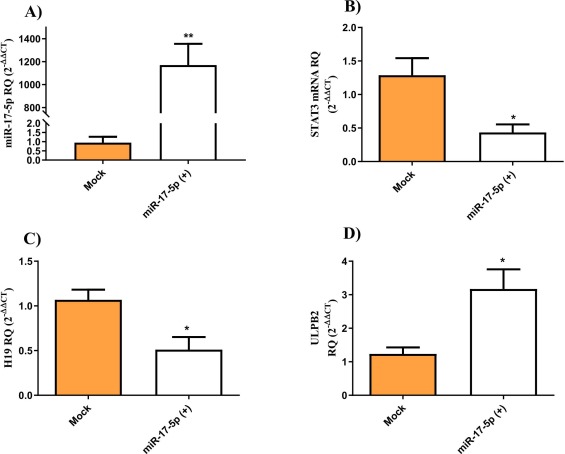
miR-17-5p/STAT3/H19: A novel regulatory axis tuning ULBP2 expression in young breast cancer patients
BACKGROUND AND AIM: UL-16 binding protein 2 (ULBP2) is a highly altered ligand for the activating receptor, NKG2D in breast cancer (BC). However, the mechanism behind its de-regulation in BC patients remains to be explored. The sophisticated crosstalk between miR-17-5p, the lncRNA H19, and STAT3 as a possible upstream regulatory loop for ULBP2 in young BC patients and cell lines remains as an unexplored area. Therefore, this study aimed at unravelling the ncRNA circuit regulating ULBP2 in young BC patients and cell lines. PATIENTS AND METHODS: A total of 30 BC patients were recruited for this
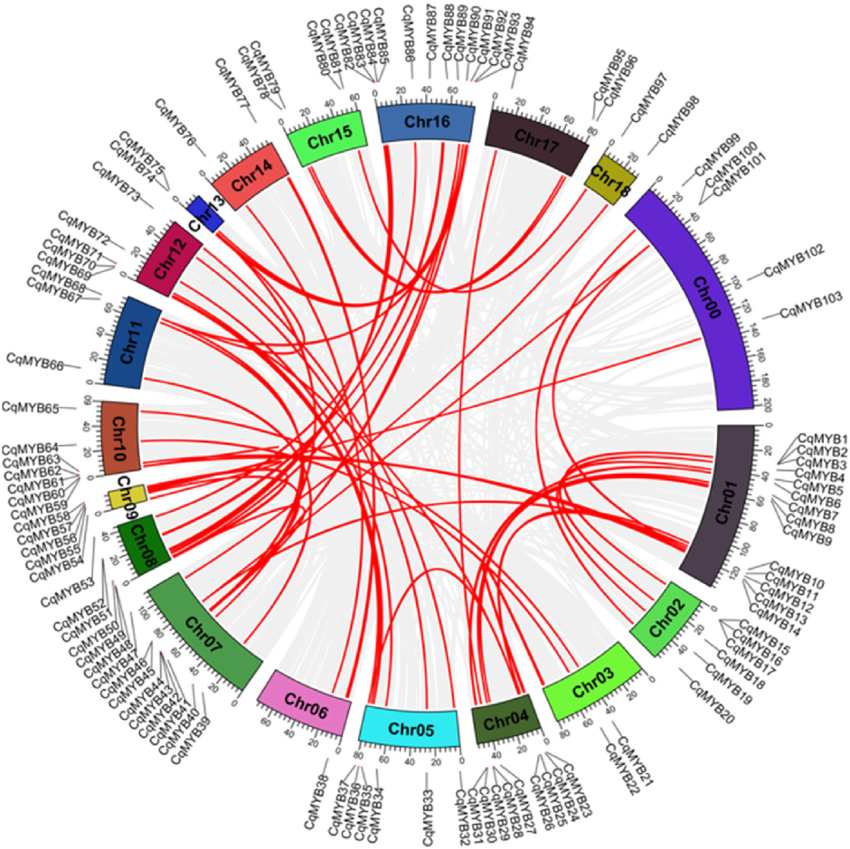
Genome-wide identification, phylogeny and expression analysis of the R2R3-MYB gene family in quinoa (Chenopodium quinoa) under abiotic stress
The MYB transcription factor (TF) are among the largest gene families of plants being responsible for several biological processes. The R2R3-MYB gene family are integral player regulating plant primary and secondary metabolism, growth and development, and responses to hormones and stresses. The phylogenetic analysis combined with gene structure analysis and motif determination resulted in division of R2R3-MYB gene family into 27 subgroups. Evidence generated from synteny analyses indicated that CqR2R3-MYBs gene family is featured by tandem and segmental duplication events. On the basis of RNA
Morphogenetic characterization of Stenotrophomonas maltophilia infecting white stripe disease of rice (Oryza sativa L.)
Rice is a major cereal crop which ensure food security to more than half of the global population. Several biotic factors impact rice grain quality and its final production. White stripe disease, caused by pathogen Stenotrophomonas maltophilia is considered among the major limiting factor for reducing rice yields and quality. Present study was performed to understand the white stripe disease, which has been frequently misdiagnosed as bacterial leaf blight (BLB) due to similar symptoms. A survey was carried out based on accessibility and farmer participation to monitor incidence and sample
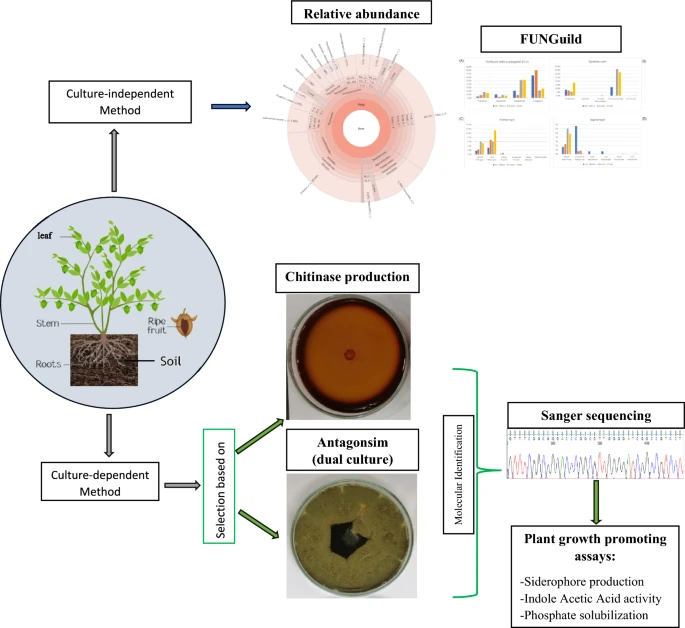
Revealing the diversity of Jojoba-associated fungi using amplicon metagenome approach and assessing the in vitro biocontrol activity of its cultivable community
Jojoba shrubs are wild plants cultivated in arid and semiarid lands and characterized by tolerance to drought, salinity, and high temperatures. Fungi associated with such plants may be attributed to the tolerance of host plants against biotic stress in addition to the promotion of plant growth. Previous studies showed the importance of jojoba as jojoba oil in the agricultural field; however, no prior study discussed the role of jojoba-associated fungi (JAF) in reflecting plant health and the possibility of using JAF in biocontrol. Here, the culture-independent and culture-dependent approaches
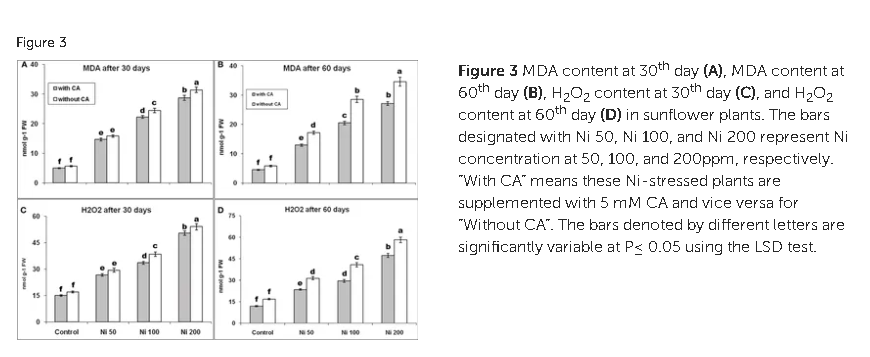
Citric acid assisted phytoextraction of nickle from soil helps to tolerate oxidative stress and expression profile of NRAMP genes in sunflower at different growth stages
Introduction: Soil polluted with Nickel (Ni) adversely affects sunflower growth resulting in reduced yield. Counterbalancing Ni toxicity requires complex molecular, biochemical, and physiological mechanisms at the cellular, tissue, and whole plant levels, which might improve crop productivity. One of the primary adaptations to tolerate Ni toxicity is the enhanced production of antioxidant enzymes and the elevated expression of Ni responsive genes. Methods: In this study, biochemical parameters, production of ROS, antioxidants regulation, and expression of NRAMP metal transporter genes were